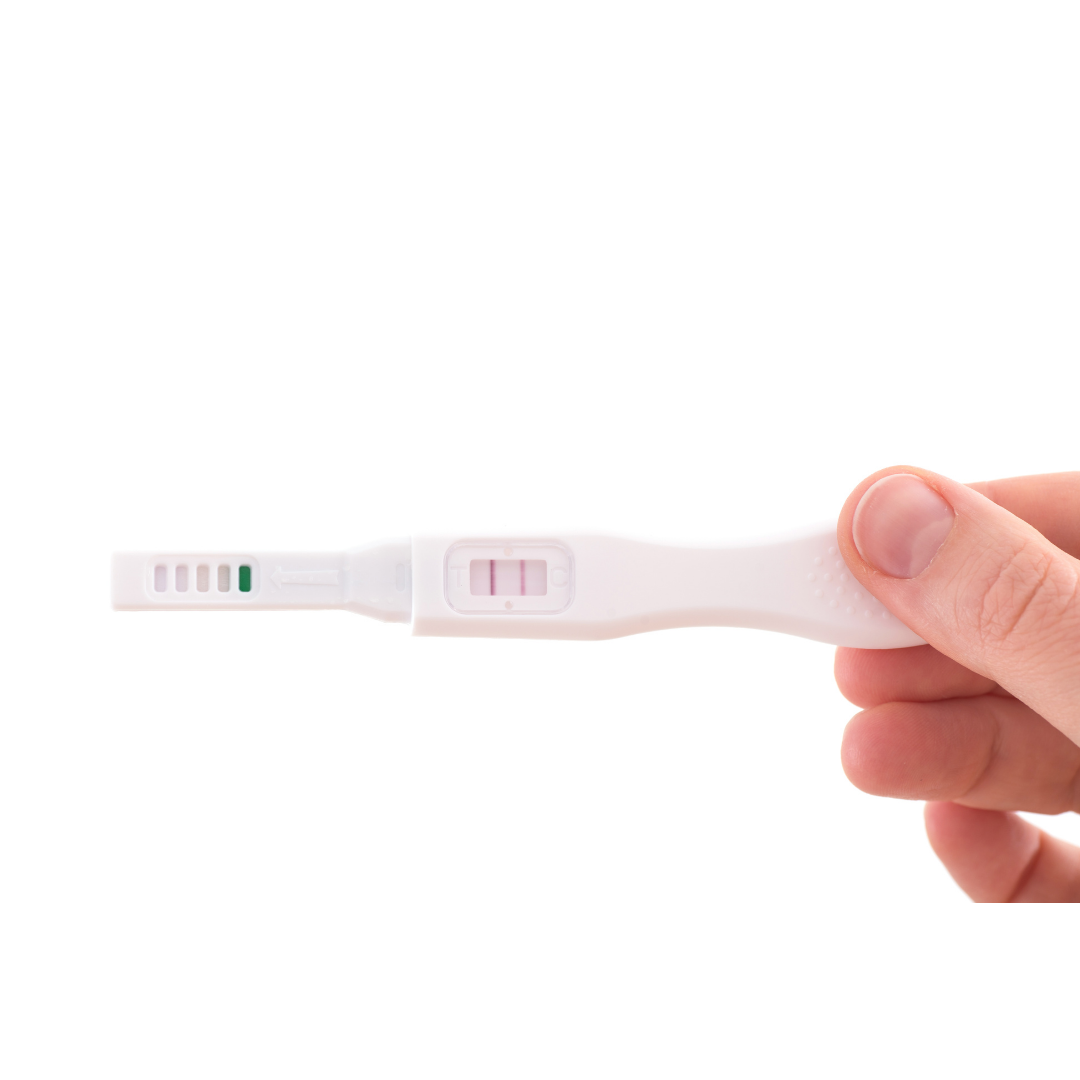Essential Fertility Tests For Men And Women
According to Racheal Gurevich, Fertility tests are an essential part of fertility evaluation and treatment. Through testing, your doctor can possibly discover what’s preventing you and your partner from achieving pregnancy.
Fertility testing involves both partners. While we may think of pregnancy as happening in the woman’s body, conception takes two.
According to the American Society of Reproductive Medicine (ASRM), 25% of all infertile cases have one or more contributing infertility factors. For instance, the ASRM reports that 40% of infertility cases are due to male factor infertility while 25% of female infertility is due to abnormal ovulation.
As a woman, before you can get pregnant, your uterus, fallopian tubes, and ovaries all need to work right also.
Your doctor may suggest different procedures that can check the health of these organs, which includes:
1. Hysterosalpingogram (HSG) : Also called a “tubogram,” this is a series of X-rays of your fallopian tubes and uterus. The X-rays are taken after your doctor injects liquid dye through the vagina. Another method uses saline and air instead of dye and an ultrasound.
The HSG can help you learn if your fallopian tubes are blocked or if you have any defects of your uterus. The test is usually done just after your menstrual period.
2. Trans-vaginal ultrasound: A doctor places an ultrasound “wand” into the vagina and brings it close to the pelvic organs. Using sound waves, he’ll be able to see images of the ovaries and uterus to check for problems there.
3. Hysteroscopy: Your doctor puts a thin, flexible tube — with a camera on the end — through the cervix and into the uterus. He can see problems there and take tissue samples if needed.
4. Laparoscopy : Your doctor makes small cuts in your belly and inserts tools, including a camera. This surgery can check your entire pelvis and potentially correct problems, such as endometriosis, a disease that affects the uterus.
5. FSH Test: You may get a blood test to check your levels of follicle-stimulating hormone, or FSH, which triggers your ovaries to prepare an egg for release each month. High FSH can mean lower fertility in women. The FSH blood levels get checked early in your menstrual cycle (often on day 3).
6. Clomiphene citrate challenge test: This can be done with the FSH test. You take a pill of clomiphene citrate on the fifth through ninth days of your menstrual cycle. FSH gets checked on day 3 (before you take the medicine) and on day 10 (after). High FSH levels suggest you have lower chances of getting pregnant.
7. AMH Test: Your doctor may also suggest a blood test to check for anti-müllerian hormone (AMH). AMH levels show how many eggs a woman has. This is called her ovarian reserve. The higher the level, the better her chances of getting pregnant.
8. Postcoital testing: Your doctor examines your cervical mucus after you’ve had sex. Some studies suggest it may not be so useful.
9. Endometrial biopsy: In this procedure, the doctor takes a sample of tissue from the lining of your uterus. But evidence is mounting that endometrial biopsy is not helpful in predicting or treating infertility.
10. Semen Analysis: The male partner may also need to be evaluated for genital infections. Your doctor will suggest a complete semen analysis for the male partner to check the number, shape, and motility of the sperm.
Ideally, the test should be performed twice, on separate days, to confirm the results.
Usually, only a semen analysis is needed to diagnose male infertility
However, further testing may also be performed, including:
11. Sperm Genetic Test: A general physical exam by a urologist
Specialized semen analysis, including genetic testing of the sperm (looking for the presence of antibodies) and evaluation of immobile sperm (to see if they are dead or alive).
12. Blood work to check hormone levels, usually of FSH and testosterone, but sometimes also LH, estradiol, or prolactin.
13. STD testing.
14. Ultrasound, to evaluate the seminal vesicles and scrotum.
15. Post-ejaculatory urinalysis (urine testing): to check for retrograde ejaculation.
16. Testicular biopsy: which involves the removal of testicular tissue via a minor surgical procedure.
17. Vasography: this is a specialized X-ray that is used to look for obstructions of the male reproductive organs.
However, you may not need to have all these tests. Your doctor can discuss with you which ones are best in your situation.
It’s advantageous because after the testing is done, about 85% of couples will have some idea about why they’re having trouble getting pregnant.
‘Yinka Bosede




